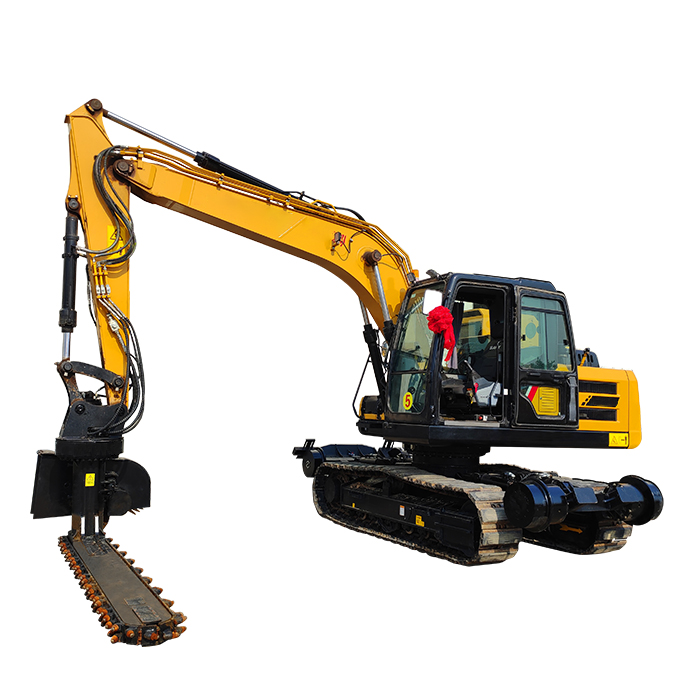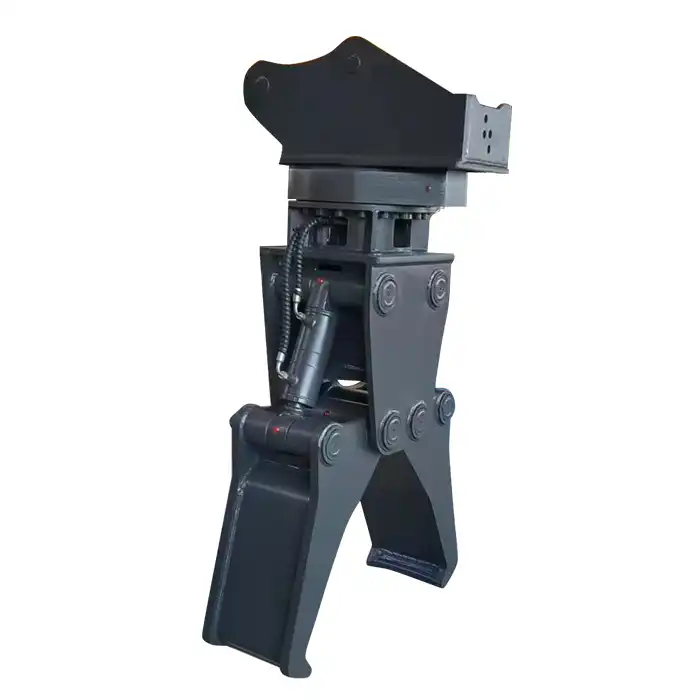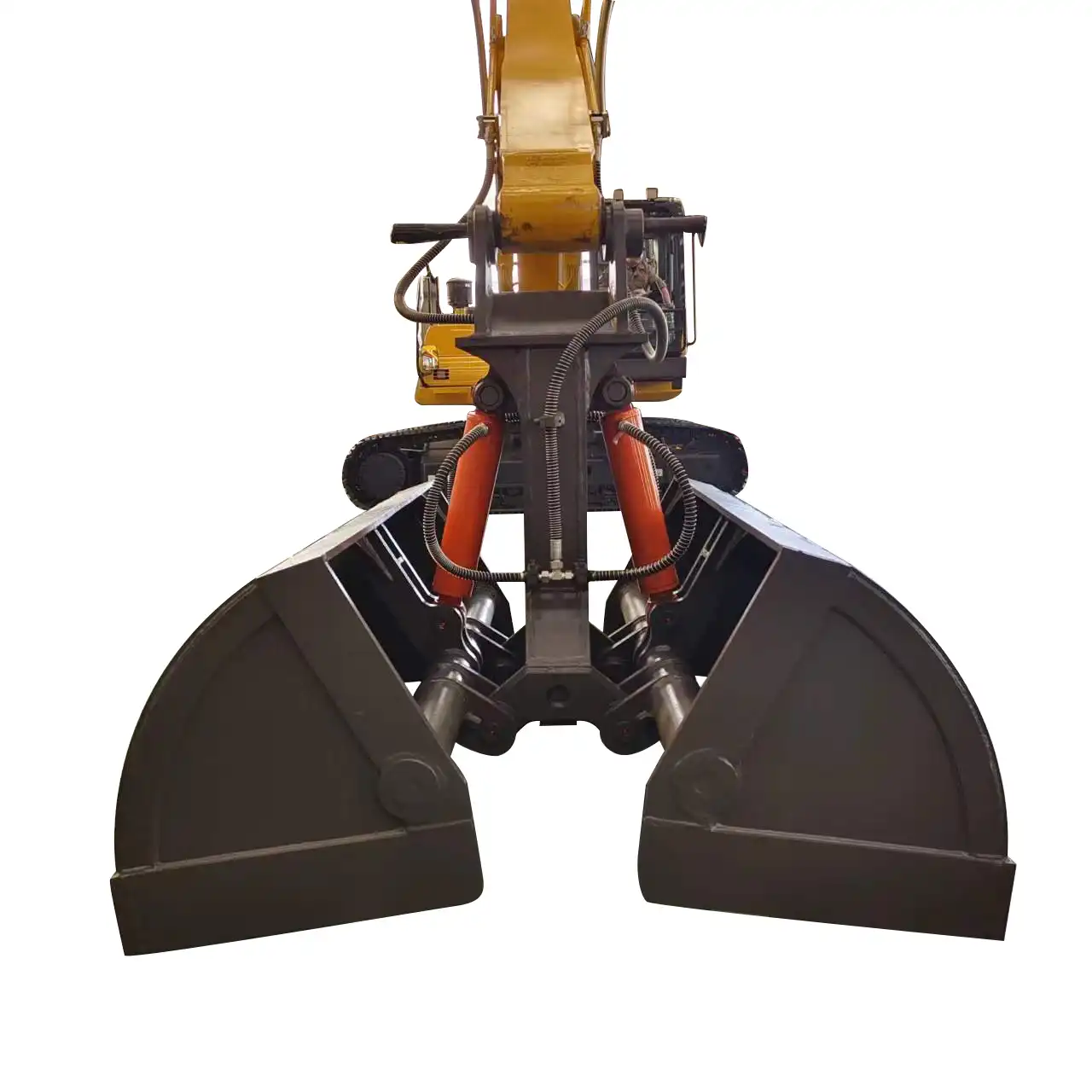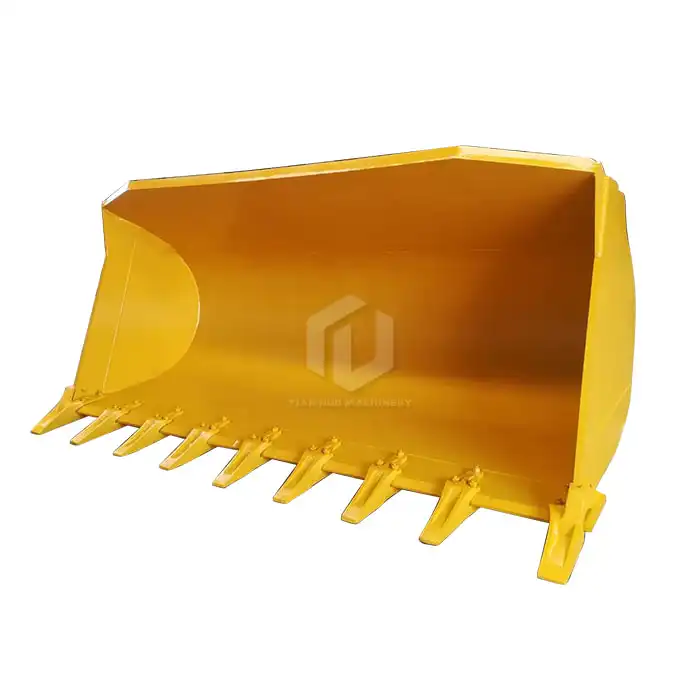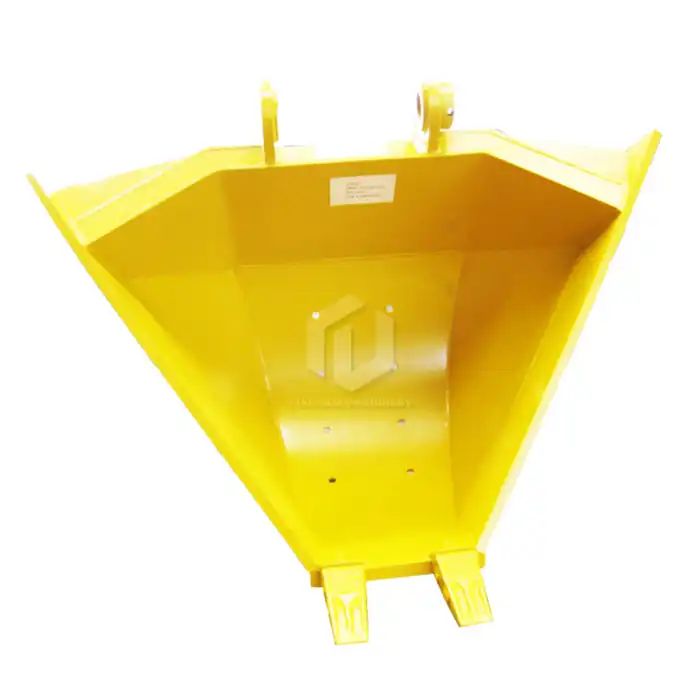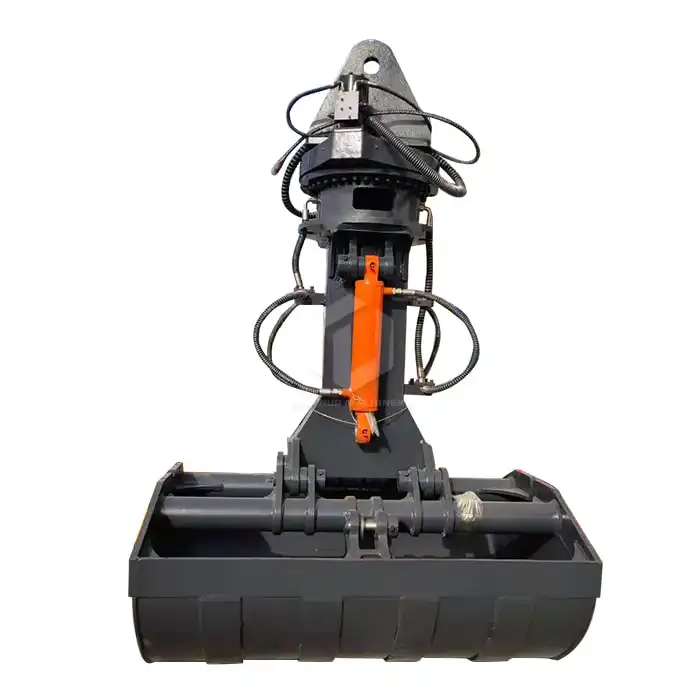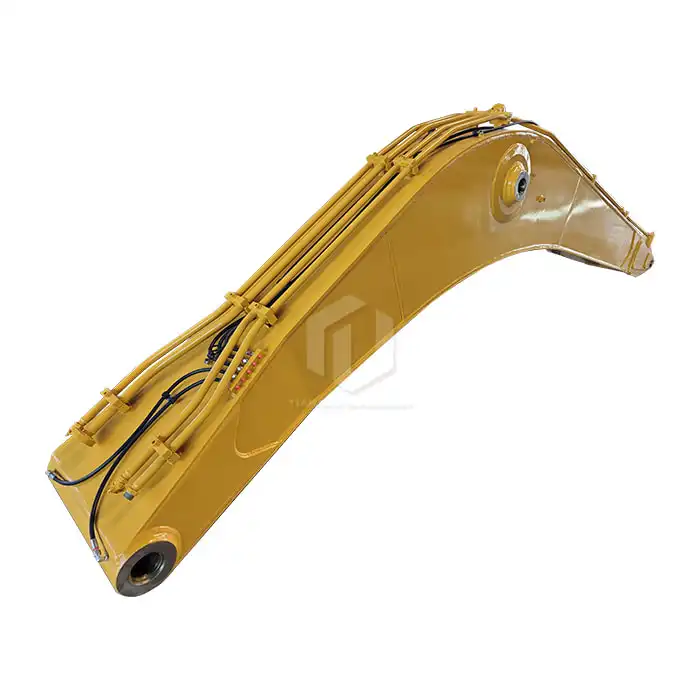How long do you leave the excavator wood clamps on?
Excavator wood clamps are essential tools in the forestry and logging industries, providing a secure grip on logs and timber during handling and transportation. However, one common question that arises among operators is: how long should you leave the wood clamps on?

What Factors Determine the Clamping Duration?
1. Load Weight: The weight of the timber being handled is a crucial factor. Heavier loads may require longer clamping times to ensure stability during movement.
2. Distance of Transport: If you're moving logs over a short distance, you may not need to keep the clamps engaged for an extended period. However, longer distances might necessitate prolonged clamping to maintain a secure grip.
3. Terrain Conditions: Rough or uneven terrain can increase the risk of logs shifting during transport. In such cases, keeping the clamps engaged for a longer duration might be necessary to ensure safety.
4. Operator Experience: Experienced operators often develop a keen sense of when it's safe to release the clamps. Their judgment, based on years of practice, can influence clamping duration.
5. Equipment Specifications: Different excavator wood clamps have varying gripping strengths and capacities. The specifications of your equipment may dictate how long you need to maintain the clamp's grip.
6. Safety Protocols: Company or industry-specific safety guidelines may stipulate minimum clamping durations for certain operations.
It's important to note that while these factors provide general guidance, the specific clamping duration can vary significantly based on the unique circumstances of each operation. Operators should always prioritize safety and use their best judgment when deciding how long to keep the clamps engaged.
Does the Wood Type Affect the Clamping Time?
The type of wood being handled can indeed influence the clamping time required for secure transport. Different wood species have varying characteristics that can affect how they interact with excavator wood clamps:
Hardwoods vs. Softwoods: Hardwoods, such as oak or maple, are generally denser and heavier than softwoods like pine or cedar. This increased weight may require longer clamping times to ensure a firm grip.
Moisture Content: Freshly cut or "green" wood has a higher moisture content, making it heavier and potentially more slippery. This may necessitate extended clamping times compared to seasoned or dried wood.
Bark Condition: Trees with loose or slippery bark may require a stronger grip and longer clamping times to prevent slippage during handling.
Wood Grain and Structure: Some woods have a more pronounced grain structure or irregularities that can affect how well the clamps grip. Woods with a smoother surface might require additional clamping time to ensure a secure hold.
Size and Shape of Logs: Irregularly shaped logs or those with many branches may need longer clamping times to find a stable grip point.
Understanding these wood-specific factors can help operators adjust their clamping techniques and durations accordingly. For instance, when handling slippery or freshly cut logs, operators might opt for a longer clamping time or adjust the clamp pressure to compensate for the increased risk of slippage.
Best Practices for Using Excavator Wood Clamps Efficiently
1. Proper Clamp Selection: Choose the right size and type of excavator wood clamps for your specific application. Ensure the clamps are compatible with your excavator model and have the appropriate capacity for the logs you'll be handling.
2. Regular Maintenance: Keep your excavator wood clamps in top condition through regular inspections, cleaning, and maintenance. This includes checking for wear on the gripping surfaces, ensuring proper hydraulic function, and lubricating moving parts as recommended by the manufacturer.
3. Optimal Grip Positioning: When clamping logs, aim for the center of gravity to ensure balanced lifting and transport. This reduces the risk of logs slipping or rotating unexpectedly.
4. Gradual Pressure Application: Apply clamp pressure gradually to avoid damaging the wood or causing the log to shift suddenly. This is particularly important when handling valuable timber or when precision placement is required.
5. Visual Inspection Before Release: Before releasing the clamps, visually inspect the load to ensure it's stable and properly positioned. This quick check can prevent accidents caused by prematurely releasing the grip.
6. Adapt to Conditions: Be prepared to adjust clamping techniques based on weather conditions, wood type, and terrain. For example, wet or icy conditions may require longer clamping times or additional precautions.
7. Training and Skill Development: Invest in ongoing training for operators to keep them updated on best practices and new technologies in excavator wood clamp operation.
8. Use of Auxiliary Tools: In some cases, using additional tools like log grapples in conjunction with wood clamps can enhance stability and efficiency, especially when handling oddly shaped or oversized logs.
9. Communication: Establish clear communication protocols between excavator operators and ground crew to ensure smooth and safe operations, particularly when visibility is limited.
10. Load Planning: Carefully plan your load arrangement to minimize the number of times you need to engage and disengage the clamps. This can improve overall efficiency and reduce wear on the equipment.
By implementing these best practices, operators can optimize the use of excavator wood clamps, improving both safety and productivity in logging and forestry operations.
Excavator Wood Clamps Supplier
Selecting the right excavator wood clamps is crucial for efficient and safe operations in the forestry and logging industries. Tiannuo Machinery offers a comprehensive range of excavator wood clamps designed to meet the diverse needs of various excavator sizes and applications:
- 3-5 Ton Excavators;
- 6-10 Ton Excavators;
- 11-16 Ton Excavators;
- 17-22 Ton Excavators;
If you're in the market for a reliable excavator wood clamps manufacturer, we invite you to explore Tiannuo Machinery's offerings. Our team is ready to assist you in finding the perfect solution for your specific needs. Contact our manager at arm@stnd-machinery.com or reach out to our team members at rich@stnd-machinery.com and tn@stnd-machinery.com for personalized assistance and expert guidance in selecting the ideal excavator wood clamps for your operations.
References:
[1] Forest Operations Equipment Catalog. Oregon State University. (2021)
[2] Timber Harvesting Techniques: Adapting to the Bioeconomy. Springer. (2020)
[3] Best Management Practices for Forestry Operations. Society of American Foresters. (2022)

